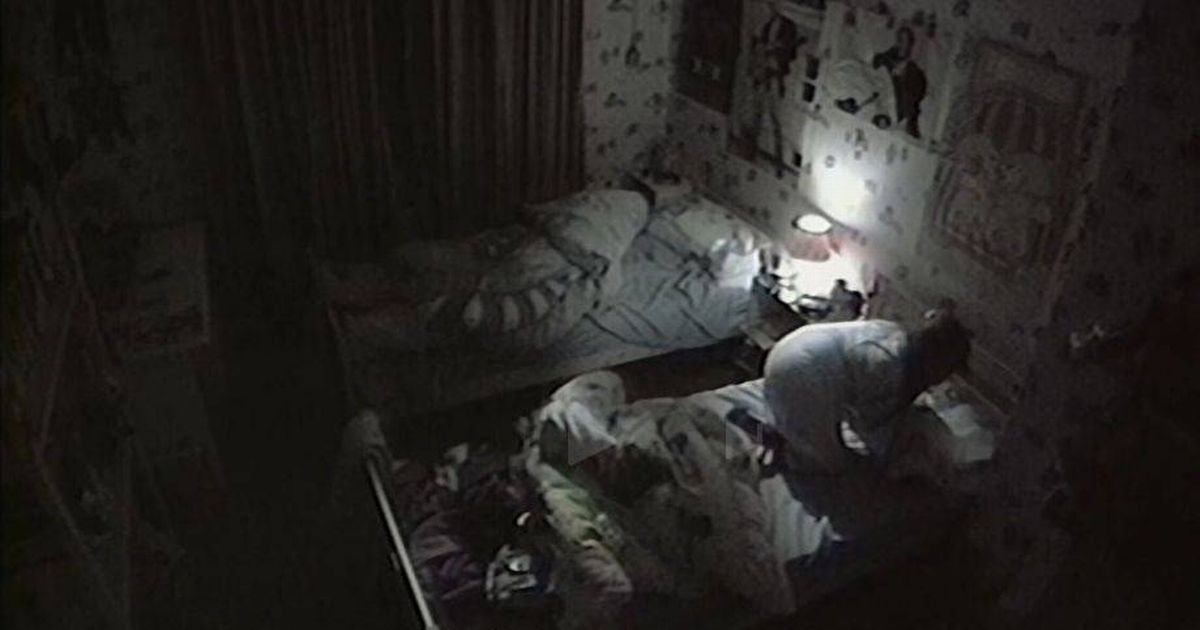Ghostwatch was a one-off horror show aired on BBC One on Halloween night in 1992, and the show was so chilling that the BBC has never broadcast it again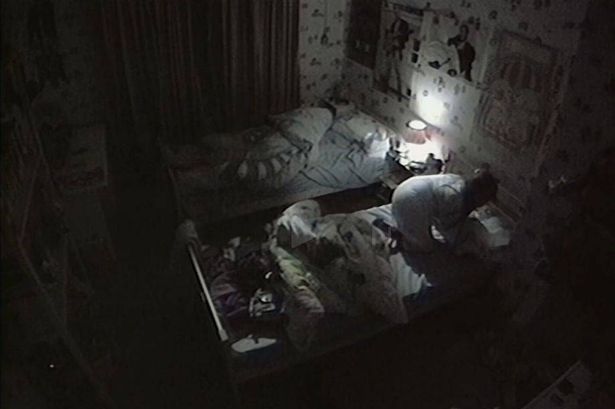 Screengrab from BBC’s Ghostwatch programme which aired back on October 31, 1992.(Image: BBC screengrab)
Screengrab from BBC’s Ghostwatch programme which aired back on October 31, 1992.(Image: BBC screengrab)
A spine-tingling TV programme that aired on Halloween left an entire generation of viewers so deeply disturbed that the BBC has never dared to show it again.
The one-off broadcast triggered such widespread alarm amongst audiences that the BBC’s telephone system became completely overwhelmed, with regulators subsequently condemning the programme.
The Broadcasting Standards Commission (BSC) later declared that Ghostwatch deliberately cultivated “a sense of menace.” The watchdog ruled the programme was excessively upsetting and disturbing, broadcasting far too early following the 9pm watershed.
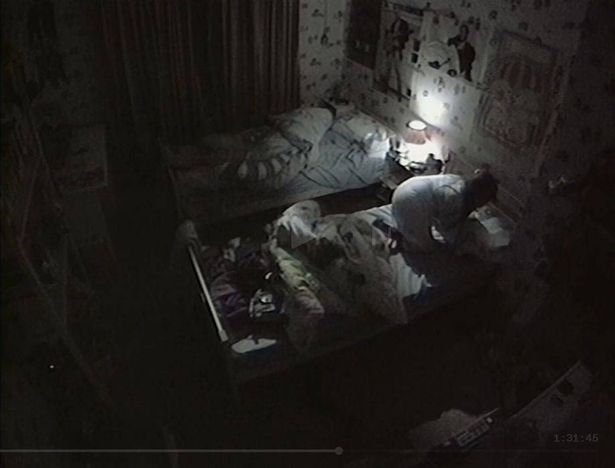 Screengrab from BBC’s Ghostwatch programme which aired back on October 31, 1992.(Image: BBC screengrab)
Screengrab from BBC’s Ghostwatch programme which aired back on October 31, 1992.(Image: BBC screengrab)
The programme’s presenters featured Sarah Greene, more familiar as a children’s television host, alongside the late chat show legend Michael Parkinson, who passed away in August 2023, reports the Manchester Evening News.
Despite the backlash, numerous critics applauded the show’s ingenuity, with many crediting it as the inspiration behind the “found footage” horror film genre that emerged later, including The Blair Witch Project and Cloverfield.
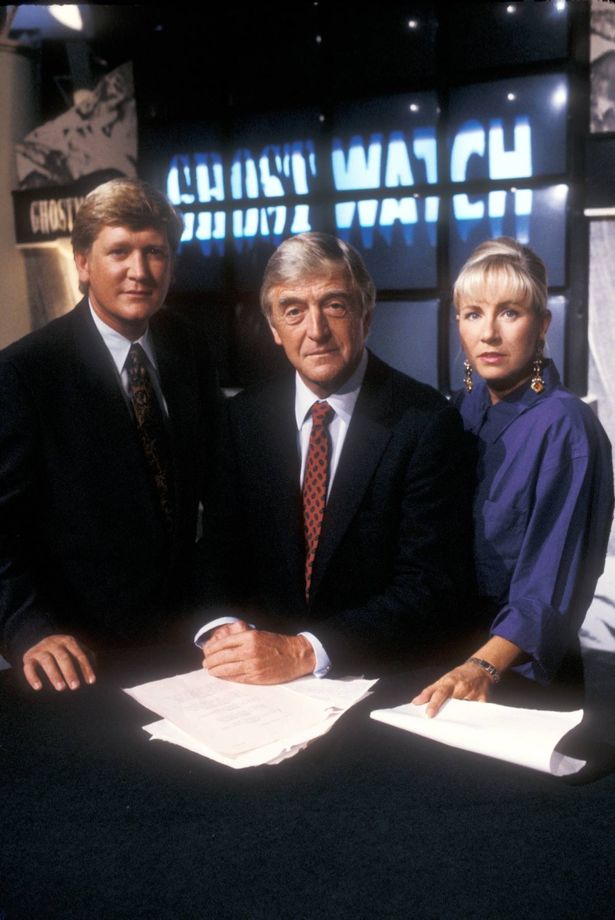 (Image: Publicity picture)
(Image: Publicity picture)
One perfect 10 out of 10 review on IMDB declares of Ghostwatch: “Quite simply, the most frightening television programme ever broadcast, ‘Ghost Watch’ pushed the edges of ‘acceptability’ so far that we’ll probably never get the chance to see it again.”
Ghostwatch was transmitted just once on Saturday, October 31 (Halloween night), on BBC1 at 9.25pm in 1992. The programme was a mockumentary-style investigation examining claims of a poltergeist in ‘the most haunted house in Britain’.
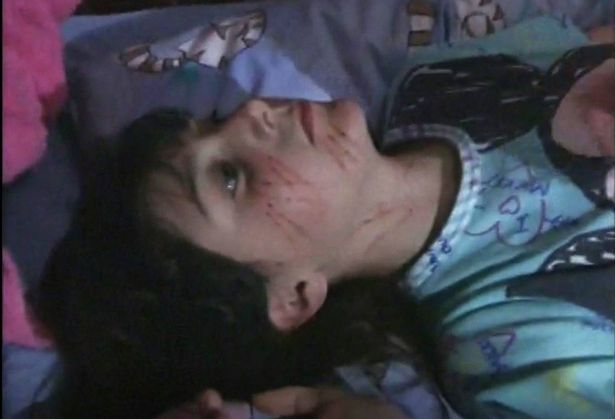 (Image: BBC | Screengrab archive.org)
(Image: BBC | Screengrab archive.org)
The show was inspired by the tale of the Enfield Poltergeist, a supposed real-life haunting that took place in the 1970s. This incident alleged that poltergeist activity occurred in a council house in London, between 1977 and 1979.
Ghostwatch, drawing inspiration from the Enfield case, was advertised as a drama but presented as a live BBC documentary broadcast. Adding to the perceived authenticity of the programme were its four presenters – Michael Parkinson, Sarah Greene, her husband Mike Smith and Craig Charles – all household names starring as themselves.
The ‘live ghost investigation’ centred on two young girls, Kim and Suzanne Early, who were haunted by a terrifying poltergeist named Pipes at their west London home. The spectre was so named because the children heard noises in the house, and their mum dismissed it as ‘just the pipes’.
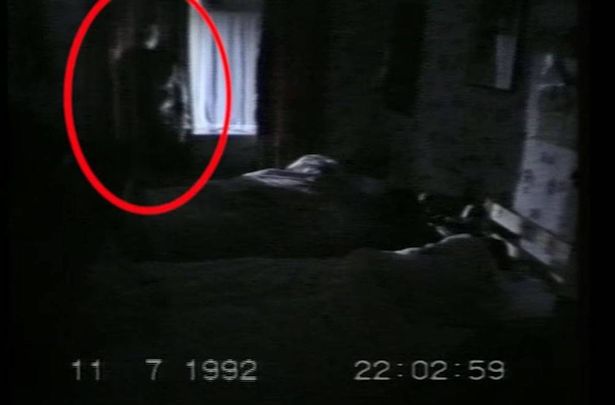 (Image: Ghostwatch/BBC)
(Image: Ghostwatch/BBC)
During the programme, viewers were encouraged to ring in with their ghost sightings on 081 811 8181 – the standard number for BBC phone-ins at the time, used on shows including Crimewatch and Going Live!
The idea was that when people rang up, they were met with a message informing them that the show was, in fact, fictional.
But the phone lines were overwhelmed by what was later calculated to be approximately a million calls flooding into the BBC switchboard. With just five operators taking calls, most viewers could only hear the engaged tone, reinforcing their belief that the programme might be genuine.
In today’s digital era, viewers can confirm within seconds whether something is fabricated. Yet back then, folk had no means of verifying things online, and minds were free to run wild.
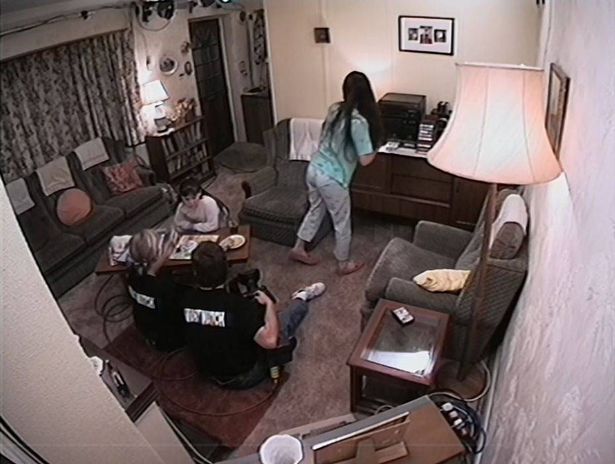 Screengrab from BBC’s Ghostwatch programme which aired back on October 31, 1992.(Image: BBC screengrab)
Screengrab from BBC’s Ghostwatch programme which aired back on October 31, 1992.(Image: BBC screengrab)
Ghostwatch’s mastermind, Stephen Volk, later pondered the programme. “You couldn’t do what we did nowadays and get away with it,” he confessed to the Daily Record. “People would know in 30 seconds what was going on really.”
What made the show even more chilling was when it transpired that Pipes was the tormented spirit of a paedophile called Raymond Tunstall. Pipes’ menacing presence was skilfully woven throughout various moments in the programme, including within the studio itself.
Initially, the presenters remained sceptical, but slowly they came to believe the bizarre happenings might be genuine. Claw marks materialised on the girls’ faces, eerie sounds could be detected, and items could be witnessed moving on their own.
Unsettling scenes in the youngsters’ bedroom echoed a notorious photograph from the tale of the Enfield poltergeist. By the programme’s conclusion, a thoroughly spooked Greene is witnessed being dragged into the fog-filled cupboard beneath the stairs by Pipes.
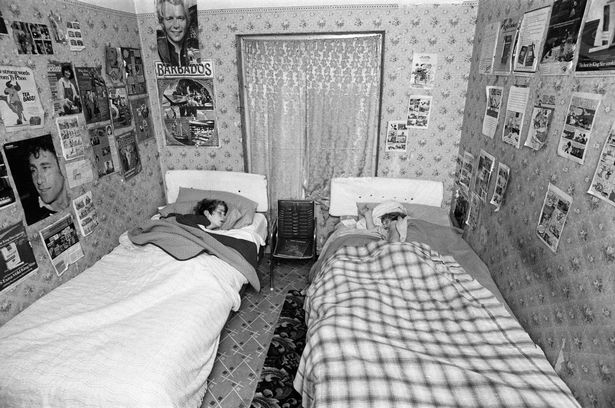 (Image: Mirrorpix)
(Image: Mirrorpix)
A gust then roars through the studio, and the lights explode. Chaos breaks out, and the terrified crew scatter. Smith can be heard enquiring about his wife’s safety, and Parkinson, with only half his face visible on camera, starts to recite a nursery rhyme before being overtaken by Pipes’ voice.
Following the programme’s airing, viewers who were fooled by the prank voiced their outrage in large numbers.
Approximately 30,000 complaints were lodged with the BBC, including allegedly from Parkinson’s mother and a woman who claimed it had triggered her labour. “A vicar rang up to complain that even though he knew it wasn’t real, he believed the BBC had summoned demonic forces,” Volk revealed to the BBC in 2017.
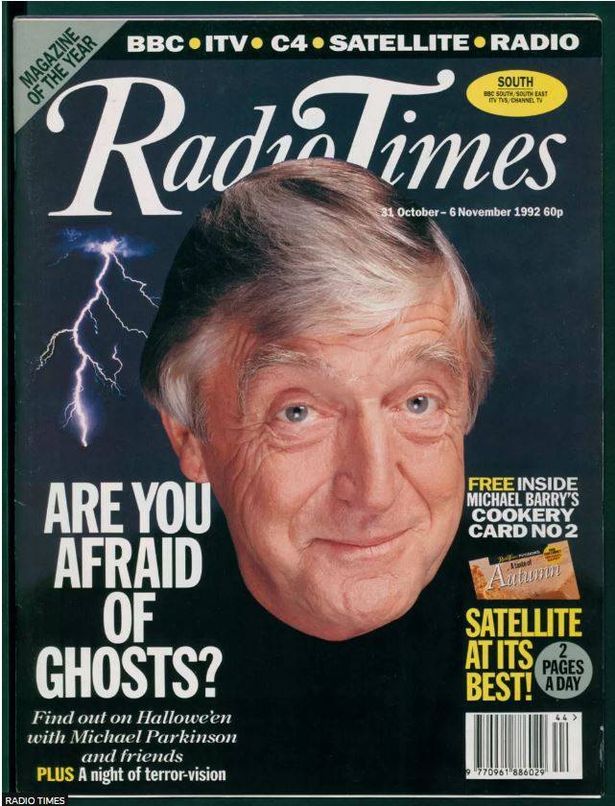
“It was partly because it frightened people, but the complaints were actually more about the BBC making them feel like fools. People trusted the BBC, and this programme had shattered that trust.”
A decade-long ban was placed on its re-airing, but it has never been broadcast in full on British TV since and is now only available on DVD. However, it has been replayed by international TV stations. Over 11 million people tuned in to watch the show. But tragedy struck when it was blamed for the death of teenager Martin Denham.
The 18 year old, who had learning difficulties, ended his own life after his parents said he was ‘hypnotised and obsessed’ with Ghostwatch. The complaint, however, was not upheld by what is now Ofcom.
Don’t miss the latest news from around Scotland and beyond – Sign up to our daily newsletter here.

